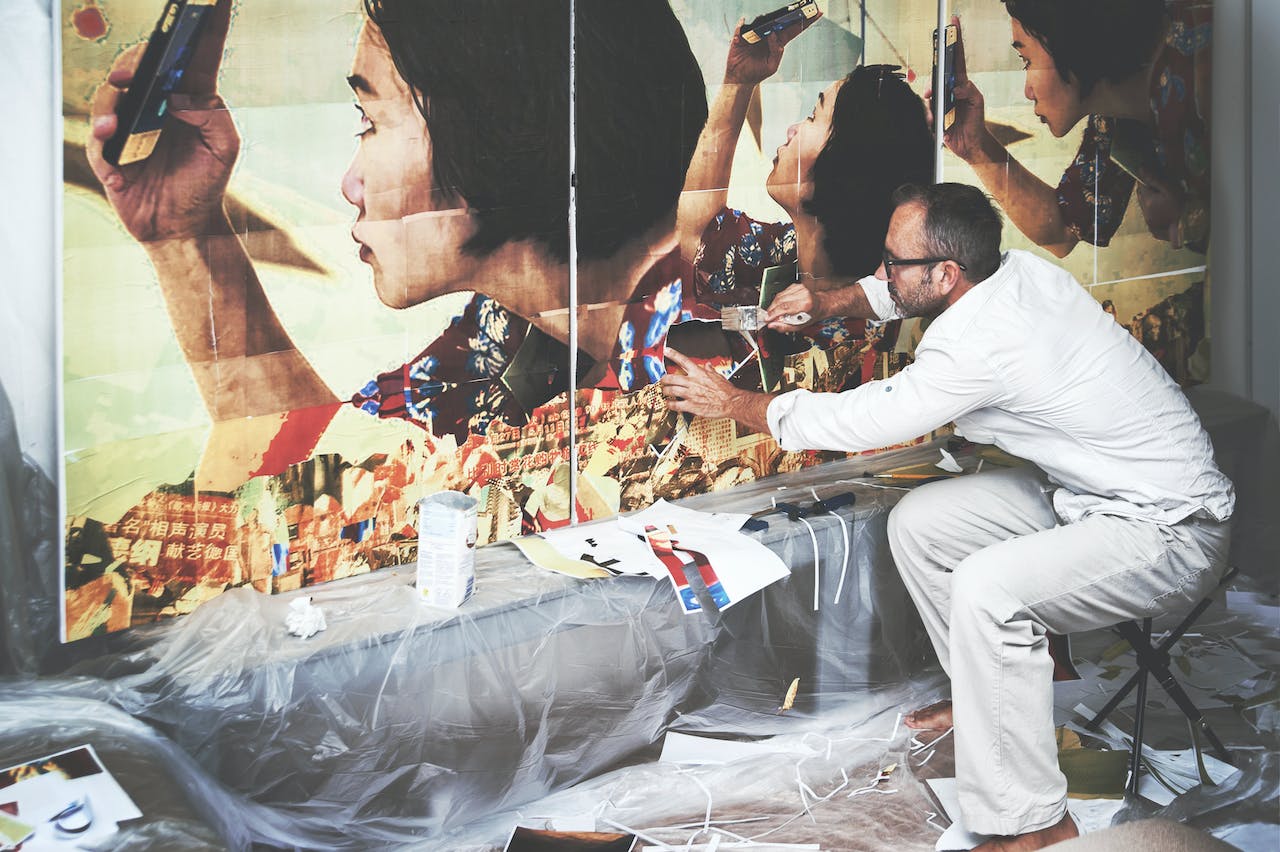Art Critiques and Feedback: Embracing Constructive Input with Confidence and Grace
As artists and photographers, we put our hearts and souls into our creations, investing countless hours of passion and effort into every brushstroke, every composition, and every captured moment. So, when we receive criticism about something so deeply personal, it’s only natural that it can sting. However, as we journey through the art world, we come to realize that constructive criticism is not our foe but a valuable ally in our growth as creative professionals. Learning how to handle feedback gracefully can be the key to unlocking our true potential and elevating our art to new heights.
Let us explore some powerful coping mechanisms that empower us to embrace constructive criticism and transform it into a catalyst for artistic growth:
1. Consider the Source
Not all criticism is created equal, and it’s crucial to determine whether the feedback comes from a legitimate and knowledgeable source. Respectful communication is a hallmark of valuable criticism, while condescension and rudeness are red flags. Seek advice from experienced individuals who genuinely understand the craft and have your best interests at heart.
Don’t take any single criticism as an absolute truth. Seek diverse viewpoints from various sources, conduct research, and consult trusted peers before incorporating feedback into your work. Remember that art is subjective, and different people will have varying interpretations of your work.
2. Focus on the Big Picture
Approach the critique with curiosity and an open mind. While the initial reaction might be to feel defensive or discouraged, remind yourself that feedback, even if poorly delivered, can offer valuable perspectives. Cultivate a willingness to explore the critic’s viewpoint and what they might be trying to communicate about your work.
Related: Unlocking Income Opportunities: Strategies For Visual Artists And Photographers
3. Unravel the Hidden Insights
Most people offering constructive criticism genuinely want to see you succeed. Their input comes from a place of recognizing your talent and potential. Embrace the fact that this feedback is meant to encourage your growth, not disparage your abilities. Acknowledge the encouragement and recognition that often lies at the heart of constructive criticism.
Keep in mind that critics might not consistently articulate their thoughts concisely, and the feedback might seem confusing or disheartening. Take a moment to dissect their comments and identify the core message they’re trying to convey. Look beyond the negative tone or vague language to find the valuable insights hidden within.
4. Learn to Appreciate the Feedback
As creative professionals, we owe it to each other to be candid about our work. Embrace the value of receiving creative input from colleagues and peers. Constructive criticism provides fresh perspectives and helps us avoid falling into professional isolation, leading to continuous improvement and innovation.
5. Empower Dialogue
In cases where the feedback seems confusing or unclear, don’t hesitate to seek clarification from the critic. Politely ask them to elaborate on specific points or provide examples to illustrate their thoughts. Remember, constructive criticism is a dialogue—a mutual exchange aimed at nurturing artistic growth. Engaging in a respectful conversation with the critic not only helps us better understand their viewpoint but also showcases our commitment to improving our craft.
6. Use it to Improve or Enhance Your Work
The ultimate goal of criticism is improvement. Use the feedback you receive to refine your artistic endeavors and explore new techniques or tools. Embrace the opportunity to learn and grow as an artist, and don’t be afraid to experiment with incorporating suggestions into your work.
7. Trust Your Artistic Instincts
While accepting criticism graciously is vital, remember that you maintain creative control over your work. Trust your instincts and artistic vision. If a suggestion doesn’t align with your aesthetic or doesn’t resonate with you, it’s entirely acceptable to choose not to use it. Stay true to your creative integrity.
Ultimately, striking a balance between confidence in your abilities and openness to external input is an ongoing challenge. But this delicate dance is precisely what drives us to evolve and create art that truly speaks to the world.
Remember, art is a deeply personal and subjective journey. Balancing openness to constructive input with trust in your artistic instincts allows you to navigate the path of creative expression while constantly pushing the boundaries of your artistry. Stay true to yourself, seek meaningful feedback, and let it guide you on your artistic path.
8. Embrace the Growth Mindset
Above all, approaching criticism with a growth mindset is essential. Embrace the idea that every critique, no matter how confusing or disheartening it may initially seem, holds the potential for growth and improvement. View feedback as stepping stones in our artistic journey rather than stumbling blocks. By adopting this perspective, we position ourselves to extract valuable lessons from even the most challenging critiques.
Discover Featured Art & Photo Calls on TheArtList
At TheArtList, we are dedicated to empowering artists like you. Subscribe to our Artist & Photographer Mailing List and stay connected with our community. We’ll ensure you never miss a blog post, and you’ll receive our monthly newsletter filled with inspiring content and art calls.
If you are an art gallery, museum, or organization seeking to promote your art calls, contests, exhibitions, or events, subscribe to our Submitter Mailing List. You’ll receive our monthly newsletter highlighting exceptional emerging talent, along with occasional discounts on our promotional packages.
It’s time to elevate your artistic career and leave a lasting impression in the art community.









